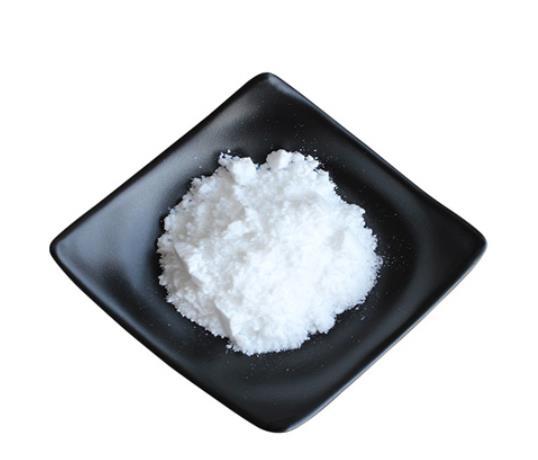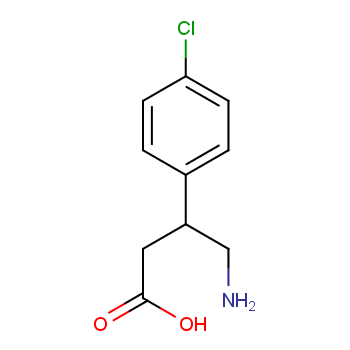Introduction
Baclofen is a widely used chemical compound with significant roles in clinical and research settings. Known as a muscle relaxant and antispasmodic agent, Baclofen is commonly prescribed to manage muscle spasticity and related neurological disorders. Derived from gamma-aminobutyric acid (GABA) analogs, Baclofen has gained popularity due to its effectiveness and safety profile.

Figure 1 Characteristics of Baclofen
Chemical Properties of Baclofen
Baclofen, chemically known as β-(4-chlorophenyl)-GABA, has a molecular formula of C10H12ClNO2. It is a derivative of gamma-aminobutyric acid, the primary inhibitory neurotransmitter in the central nervous system (CNS). Baclofen's structure includes a GABA backbone with a chlorine-substituted phenyl ring, crucial for its function.
Key Physical and Chemical Properties:
Molecular Weight: 213.66 g/mol
Chemical Structure:
A chlorine atom is attached to the phenyl ring.
The phenyl ring is attached to the β-carbon of the GABA structure.
Melting Point: 206°C
Solubility: Baclofen is slightly soluble in water, with greater solubility in ethanol and methanol, impacting its pharmaceutical formulation.
pKa: The compound has a pKa value of approximately 3.87, affecting its dissociation in biological systems.
Main Components of Baclofen
Baclofen primarily contains the active compound β-(4-chlorophenyl)-GABA. It is formulated into tablets, solutions, or injections, with excipients added for stability and solubility enhancement.
Uses and Applications of Baclofen
Baclofen is mainly used for its muscle-relaxing properties, binding to GABA_B receptors to reduce excitatory neurotransmitter release, leading to muscle relaxation and spasticity reduction.
Common Clinical Applications:
Treatment of Spasticity, Alcohol Withdrawal Syndrome, Dystonia, Muscle Cramps, and Potential Off-Label Uses.
Mechanism of Action
Baclofen mimics GABA's effects by activating GABA_B receptors, reducing excitatory signaling responsible for muscle contraction and spasticity.
Storage and Stability
Proper storage conditions are essential for Baclofen's stability and efficacy, including temperature, humidity, light sensitivity, and avoiding freezing.
Conclusion
Baclofen is an effective therapeutic agent for spasticity and neurological conditions, with its mode of action through GABA_B receptor activation. Understanding its properties, composition, and storage is crucial for safe and effective use.
Reference
[1] Ertzgaard P, Campo C, Calabrese A. Efficacy and safety of oral baclofen in the management of spasticity: A rationale for intrathecal baclofen[J]. Journal of Rehabilitation Medicine, 2017, 49(3): 193-203.
[2] Lee T H, Chen S S, Su S L, et al. Baclofen intoxication: report of four cases and review of the literature[J]. Clinical neuropharmacology, 1992, 15(1): 56-62.




